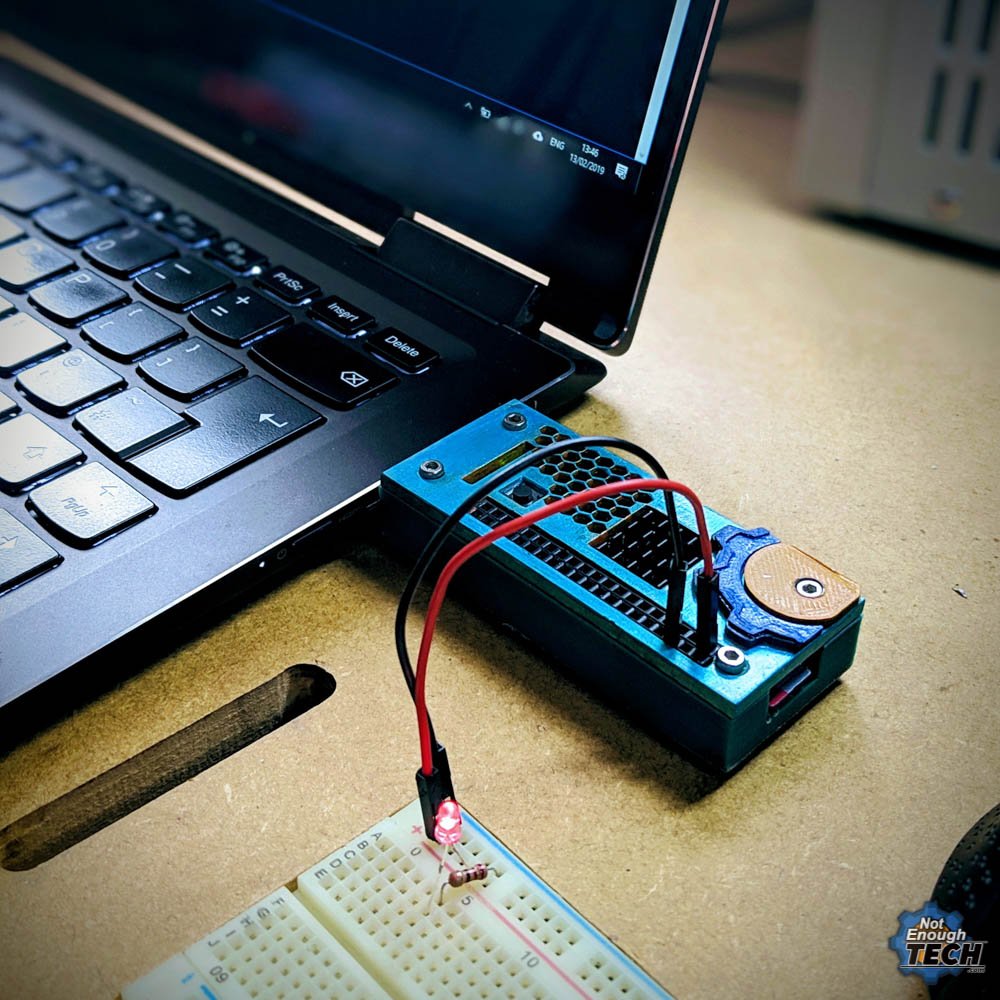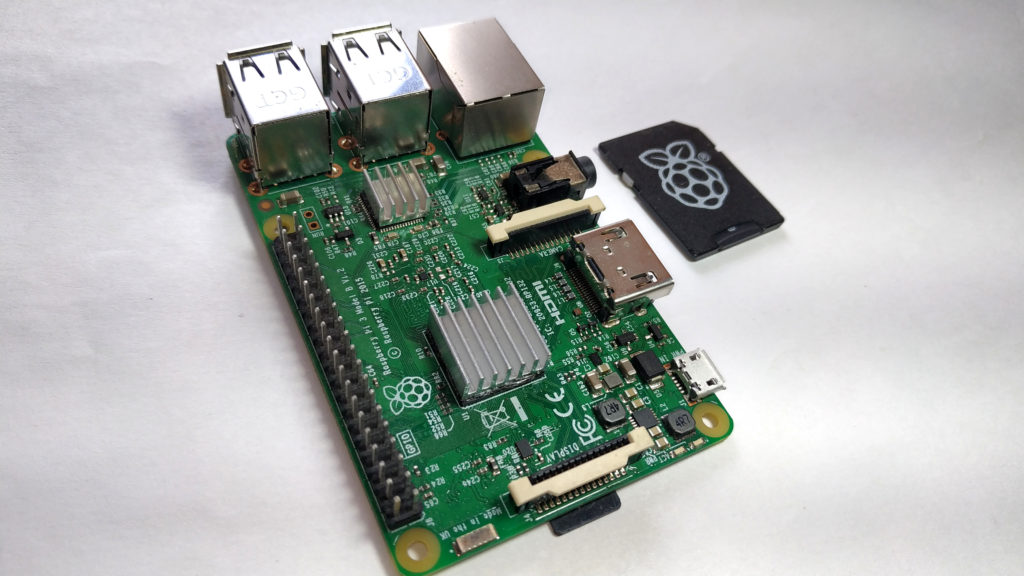
The commands used with Debian won't work when using Manjaro (To check if an OS has headless setup you can check the documentation of the release) ĭifferent distributions - All OS available in the Imager are Debian except Manjaro, which is Arch based. If you want to try it make sure to choose the minimal version since all others will require a monitor to do the initial setup. The only OS option you need to be careful with is the Manjaro-ARM Linux. I learned this the hard way after some experimentation (and a lot of headaches) 😓. Headless friendly - Since we are doing a headless setup (no monitor), we need to make sure the OS supports it or you won't be able to access your Pi, in the first boot up, using your laptop. ❗ You can jump to step 2 if you don't want details about OS choices ❗


If you are feeling adventurous you can go ahead and pick other OS, the steps will be identical, you just need to pay attention to some details: Raspberry Pi Imager interface: (a) main window (b) choose OS options (c) Raspberry Pi OS options (d) other general OS options.

Note that the Imager has a whole lot of options including: two more versions of the Raspberry OS (Figure 1 (c)) other general OS (Figure 1 (d)) and several focused OS that we will skip (for now at least).įigure 1. That's us! 🙋♀️🙋♂️Ĭhoose the microSD as storage, click the write button and wait till a pop-up message appears stating to remove the card. To see the given OS options click the "choose OS" button (Figure 1 (b)), the most straightforward option is to go with the recommended Raspberry Pi OS (32-bit). The easiest, and thanks to the Raspberry Pi Foundation team, is to use the official Raspberry Pi Imager (get it here: ).Īfter installing, insert your microSD card into your laptop and open the Raspberry Pi Imager, you will be greeted by the screen in Figure 1 (a). Install an imaging utility that will get an OS into our microSD card. Step 1: Getting an OS in the microSD card



 0 kommentar(er)
0 kommentar(er)
